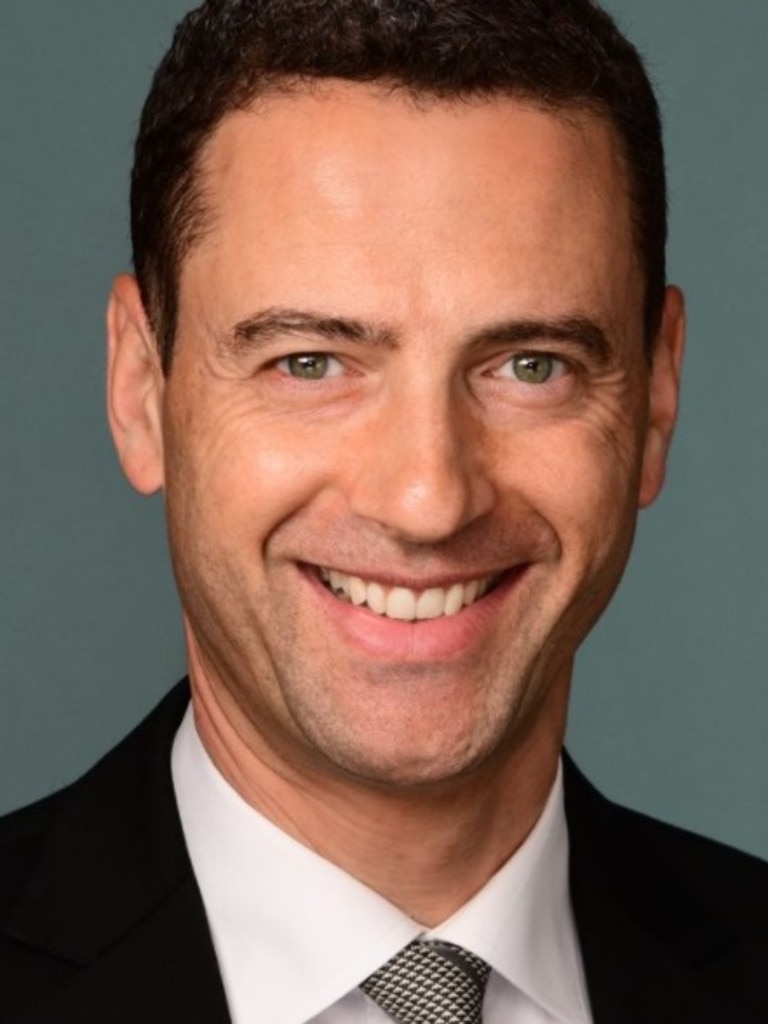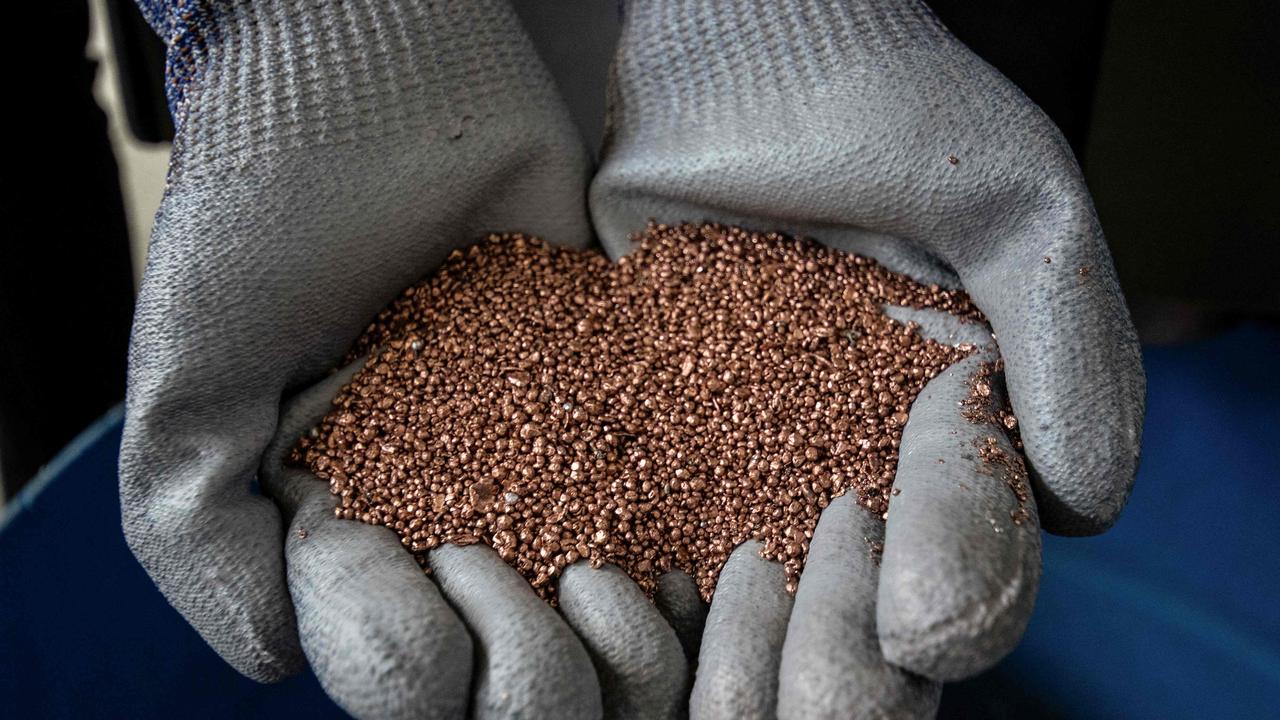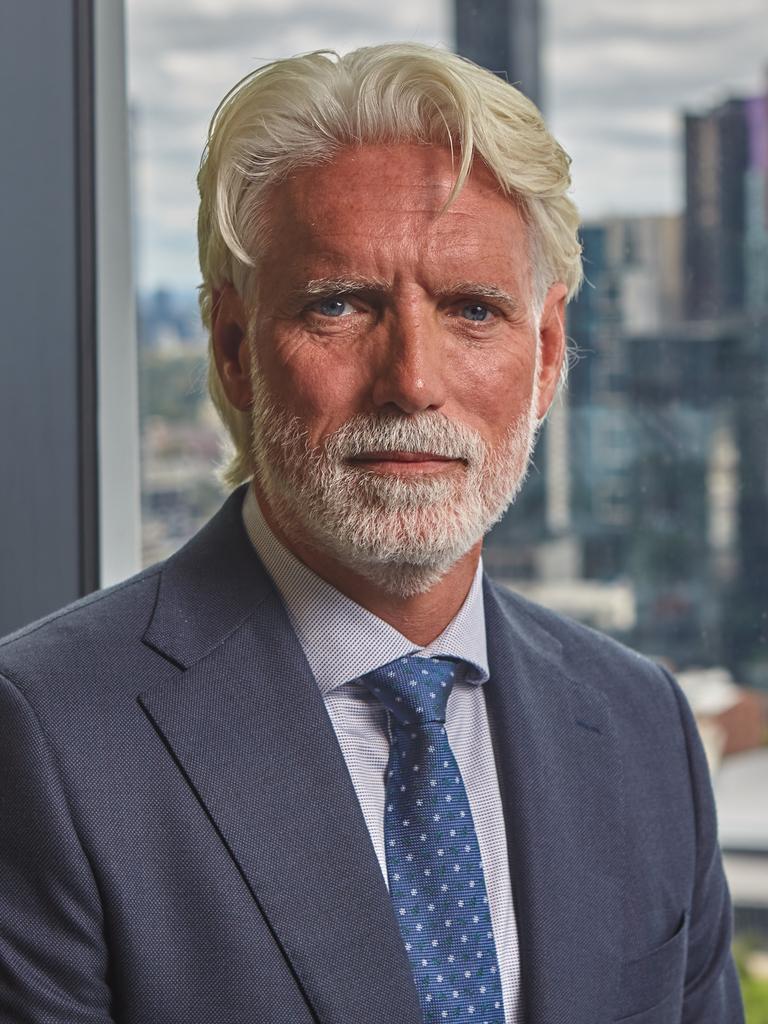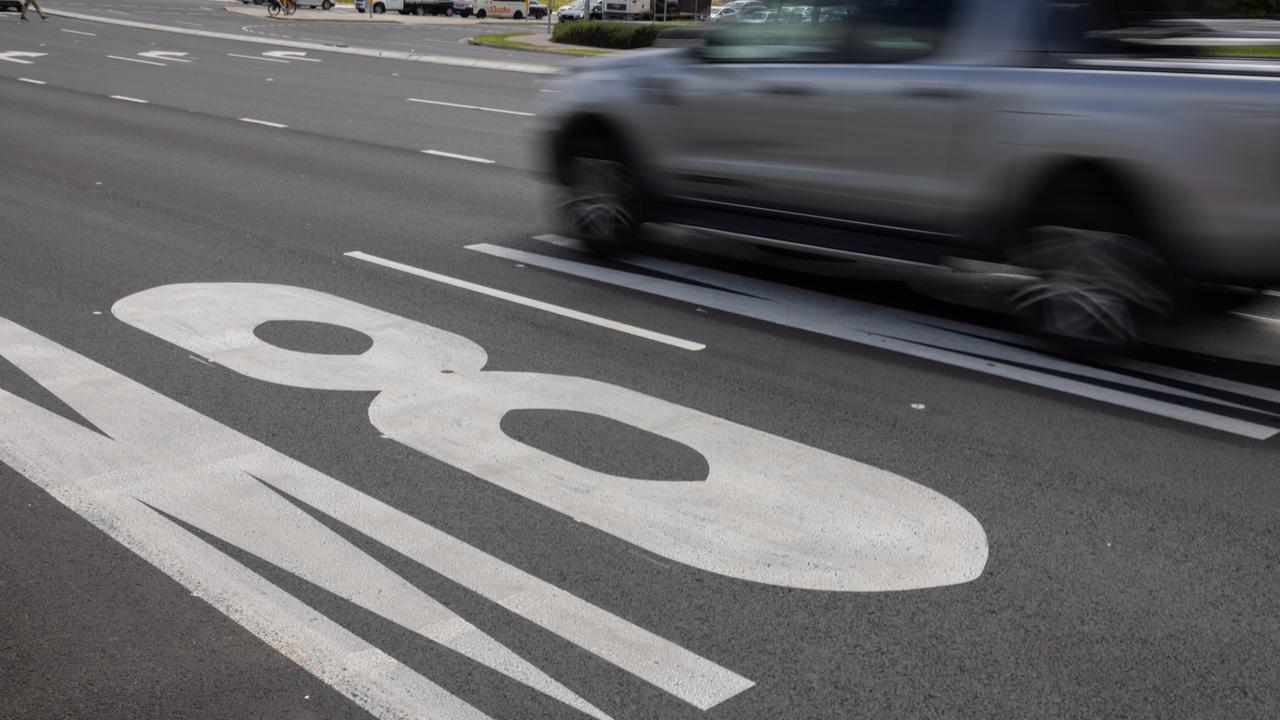Glencore’s coal investment strike will hurt green spending


Glencore put in place its own 2050 net zero targets and hard midterm targets years before net zero became law in Canada and Australia. So now the challenge is simply about trying to sustain a business investment case here while investing in minerals that help it decarbonise.
From Queensland’s super-sized coal royalty hike; barriers to developments in NSW to direct intervention through coal price caps, Australia has become more “challenging”, Glencore’s Nagle tells The Australian.

While Australia and Canada were always in the same bucket in terms of low-risk jurisdictions, what has emerged over the last 12 months “is some gap opening up” between the two, he says. He is not alone with other global miners also quietly expressing similar frustrations.
They are comments that have already seen costly implications. Glencore has shelved a $1bn extension of the existing Glendell coal mine in the Hunter Valley which produces both thermal and coking coal. Elsewhere it has pulled out of the $1.5bn Valeria coal project in Queensland in part because of the coal royalty hike there. For Glencore these projects should have been priority investments but both didn’t get past the planning stage.
However with a head office near Zurich and operations in 35 countries, for Nagle there is little emotion when it comes to simply walking away from local projects. For billionaire Andrew Forrest or BHP, the call becomes tougher.
“There is a finite pool of capital that is allocated to projects around the world and Australia has probably become a less obvious place to invest incremental capital over the last 12 months,” Nagle says.
But there is a bigger opportunity also at play for Australia.
Nagle becomes the first chief executive to take charge of the miner from its famously pugilistic founder Ivan Glasenberg. And it’s on Nagle’s watch that Glencore will be judged around its commitment to decarbonise quickly. It becomes a harder task while coal prices remain elevated, although well off last year’s peaks.

With a surge in coal prices Glencore last year generated half of its $US27bn ($40.5bn) in earnings from coal, 17 per cent from copper while 20 per cent of earnings came from trading. In a more typical year Glencore would get about 25 per cent of earnings from coal and 37 per cent from copper.
Four years ago under Glasenberg, the world took notice when Glencore put in place a hard cap of 145 million tonnes on its annual coal production. It also rolled out ambitious targets to reduce Scope 1, 2 and significantly Scope 3 emissions by 15 per cent by the end of 2026. It has a 50 per cent target on all by the end of 2035. For context BHP has only 2050 net zero Scope 3 targets in place. All this means that Glencore in its path to lowering emissions is also going to be more choosy in where it invests its cash, particularly as maturing mines are run down.
As part of this Nagle wants to get bigger in critical minerals including copper and zinc and is also investing in cobalt. Lithium, given its low barriers of entry to mining is not on the radar, suggesting Glencore (which is also a trading house) is cool on the longer term outlook despite a boom in battery production.
Australia is now playing in the competitive global market for capital and talent in the net zero race. In a twist, it has taken a coal miner to remind it.
Transurban’s ambitions
Transurban dominates nearly every one of Australia’s major toll roads, including eight across Sydney. It already is behind two of Melbourne’s biggest projects and is now eyeing a third – the EastLink road and tunnel. Can it really get bigger?
Under long term chief executive Scott Charlton the toll road major seems unstoppable. It has built an empire from just one and in the early days troubled project – Melbourne’s CityLink – and now has 16 across three capitals as well as roads in greater Washington and is exploring options in Canada.
The ACCC has kicked off an informal review of a potential buyout by Transurban of a majority stake in the company that owns the 39km EastLink that connects the industrial southeast to the city’s freeway network.

Transurban hasn’t submitted a bid, but Charlton has said he’d be interested in the road if the right opportunity was available. Behind the scenes Transurban is more than a causal buyer, working with investment banks and crunching the numbers. A decision this month to bow out of an expansion project in the US state of Maryland was seen as a strong sign it was preparing for a title at EastLink. Any deal could be as much as $4bn and as The Australian’s Bridget Carter has revealed, interested parties are expected to soon be approached. Canadian infrastructure funds and Australian superannuation players are also expected to be in the mix.
The ACCC moved the process up a notch this week by saying it was looking at the “proposed acquisition” by Transurban of a majority stake in EastLink. Specifically the probe by the competition regulator would consider what the impact would be on future competitive processes for toll road development and operation; whether Transurban would be able to increase the charges paid by motorists for use of the toll road; and if any deal stands to impact road-on-road competition between the CityLink and EastLink toll roads.
Three arguments
In preparing its arguments, Transurban is likely to focus on three key areas.
The most significant one is despite its size, across all the concessions it operates, pricing and service levels are regulated.
While Transurban operates eight roads in Sydney, its pricing power and how it increases tolls are limited to the terms of the concession with the NSW government. This is the same for all of its concession deals with governments.
Most price increases are directly linked to inflation, although Victoria recently told Transurban to cap its price rises for up to a decade as part of awarding an extension on CityLink. This has spared motorists using the rose from being stung with surging inflation.
A tough view around pricing power would put the ACCC in the middle of an agreement between a state government and road concession operator.

The second area of focus is on intra-road competition. Here Transurban is expected to argue that roads by their nature are not in the same market and can’t incentivise for competition. Drivers heading west on Sydney’s M4 are highly unlikely to exchange that road for travelling on the M5 (southwest) or the M7 (north-south). Nor can CityLink in Melbourne compete against roads in Brisbane.
Finally a decision around implied advantages on any “future” toll road deals likely to be the most scrutinised in any potential buyout. Here a key ruling came about nearly five years ago under former ACCC boss Rod Sims, when he gave the green light to a Transurban-led $10bn acquisition of Sydney’s giant WestConnex project that covers the M4. There an intensive competition review concluded that while Transurban would have “incumbency advantages” in future toll road deals there would be no substantial lessening of competition.
The ACCC concluded the vast majority of traffic data that Transurban currently uses for traffic modelling is available publicly or is not exclusive to Transurban. Although it extracted an undertaking from Transurban that it makes available detailed toll road traffic data to all bidders for future toll road concessions.
There is still some way to go and is set to be one of a clutch of decisions yet to come from ACCC chair Gina Cass-Gottlieb that is likely to shape the tone of how the competition regulator approaches infrastructure deals.
johnstone@theaustralian.com.au



Glencore’s warning that Australia has fallen behind Canada in terms of a risk rating should be enough to make politicians take notice. From a miner that generates most of its income from coal, the comments from newish boss Gary Nagle are also about how he intends to walk the path to net zero.